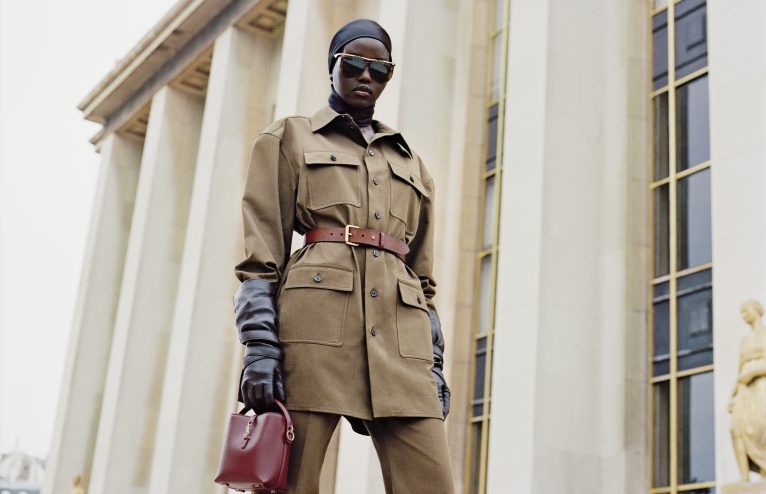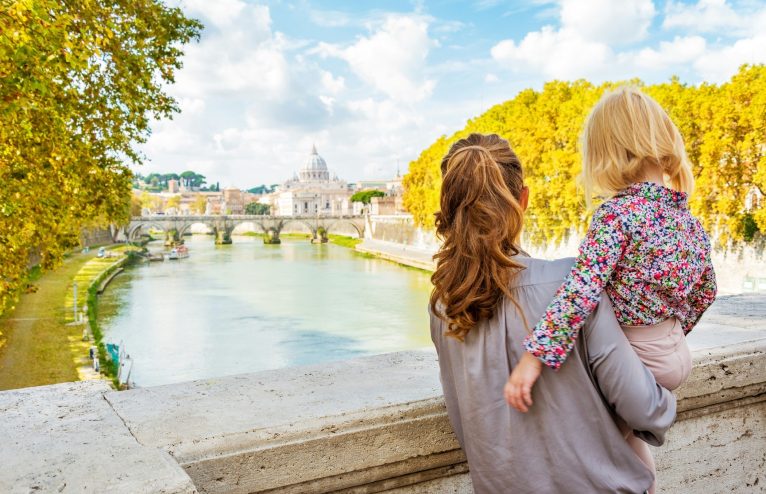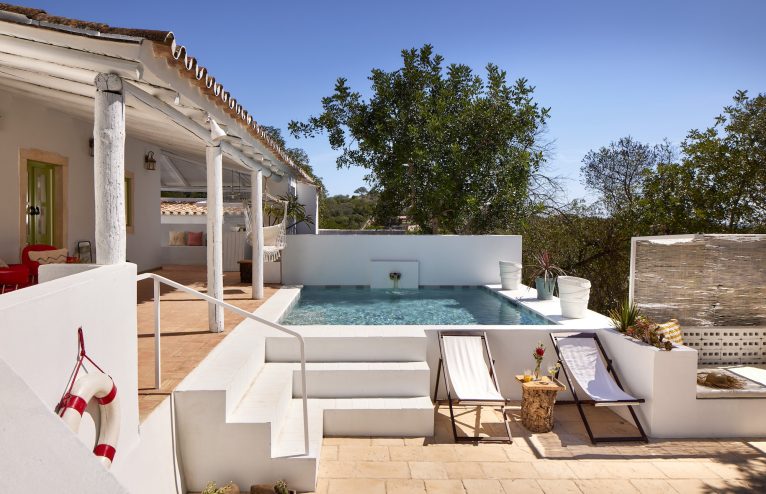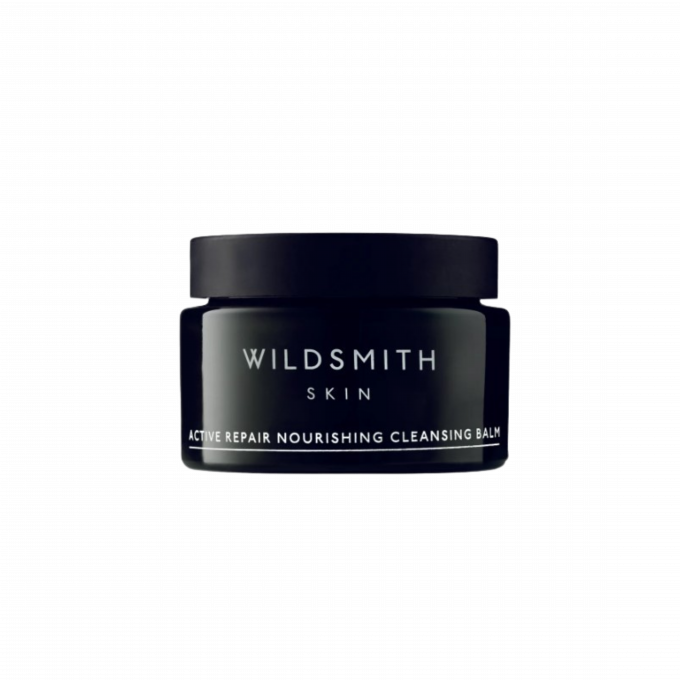As winter’s colder weather has taken hold, cleansing balms are here to help your skin.
If you’re new to cleansing balms, this is a guide to what they are, how they work, who they are suitable for (spoiler: it’s everyone). We’ll also share some of the best balms to invest in, whatever your skin type.
Designed to negate seasonal effects by providing a nourishing cleanse – one that doesn’t strip skin of its natural moisture – here’s what you should be looking for this winter.
What is a cleansing balm?
A cleansing balm is an oil-rich solid or semi-solid form of cleanser that, when warmed up on the skin, turns to a silky oil or milk that can be rinsed away.
Predominately used as the first step in makeup removal, they work by breaking down the oils in makeup and other impurities. They are designed to make light work of removing even stubborn waterproof cosmetics and SPF – all while being gentle and nourishing for the complexion (fans of full-face makeup looks, take note).
How do they work?
The deep clean provided by cleansing balms is due to their high oil content. The oils in the balm bind with the oils in your cosmetics, making them easier to break down and lift away. Common oils found in cleansing balms are almond, rosehip, jojoba, shea butter, perilla, and safflower seed oil.
What’s more, these oils are naturally moisturising – meaning they nourish and clean simultaneously. That’s important as an effective cleanser often relies on ingredients called surfactants to allow oil and water to mix, so that your cleanser can be rinsed off. However, that also leads to that tight, ‘squeaky-clean’ feeling, as natural skin oils are also washed away. A good cleansing balm can counteract this, for a deep clean that leaves the skin soft, not dry. It’s no wonder then that they are especially popular when the weather turns colder during the winter.
Who are cleansing balms suitable for?
Good news – cleansing balms can be used by all skin types. They can be particularly effective for individuals who struggle with dryness, but it’s a misconception that they aren’t suitable for oilier skin. In fact, as balm cleansers avoid stripping the skin, they won’t trigger overactive sebum production (as some harsh cleansers can). They can also keep redness and irritation at bay, by supporting the skin barrier. It’s just important that any excess oil isn’t left on the skin, certainly for those with more breakout-prone complexions.
View this post on Instagram
How to use a cleansing balm for makeup removal?
Cleansing balms are designed to be used as the first step in your skincare routine, and a small, coin-sized amount should be enough to cleanse your face and neck. The trick to remember is that a little goes a long way.
Here’s our expert recommended step-by-step guide:
- “Begin by using a soft, warm wet flannel to gently open up the pores and prep the skin for a good cleanse,” says the facialist Zoe Sweet-Escott.
- Warm up the balm between your fingertips first, to encourage the oil to melt slightly. This allows an even spread across your skin.
- Use small circular massage motions of light-to-medium pressure to apply. This should be for at least 60 seconds. Never scrub.
- Dampen your fingers and continue to massage. Many balm cleansers will become milky or lighter oils at this stage.
- To remove waterproof mascara use a gentle rubbing motion over the eyelashes using the tips of the fingers.
- Take the opportunity for a moment of calm: “be sure to inhale the beautiful aroma as your balm melts into an oil,” advises the co-founder and global president of Elemis, Noella Gabriel.
- Finally, remove your cleanser with a wet flannel or cleansing pad using warm water. You need to rinse thoroughly and wipe off any residue – just splashing with water is unlikely to completely remove the balm.
Do I have to “double cleanse”?
Double cleansing is a popular two-step skincare technique that involves using a thicker oil-based cleanser to remove makeup, followed by a gel/water-based cleanser. Balm cleansers boomed in popularity when double cleansing became a trend as they were considered gentle enough to be followed by that second step.
Importantly, it’s not strictly necessary to always follow a balm cleanser with another cleanse (as long as your skin feels clean). However, it’s probably worthwhile on days you wear a lot of makeup and/or SPF:
“Would you take a shower with your clothes on? Of course not. You shouldn’t wash your face with makeup on either,” explains the Clinique education manager TK. “If makeup isn’t properly removed before washing your face, it creates a barrier between your skin and cleanser, preventing you from removing that end-of-day, grimy build up.”
How to use a cleansing balm for massage?
Good cleansing balms glide across the skin, which makes giving yourself a facial massage easy and relaxing. Facialist, Zoe Sweet-Escott uses the Olivanna cleansing balm in facials to give her clients a tension-relieving ritual that promotes lymphatic drainage while removing makeup. Her best tip: don’t forget your jawline: you’ll ensure a thorough cleanse and release any tightness that builds up here during times of stress.
Another way cleansing balms can promote relaxation is when used as a facial mask – a technique recommended by many brands and experts. Simply apply to a clean face and leave on for 10-15 minutes before starting your massage routine and rinsing off with water. It’s an easy and effective way to benefit from the formulas’ nourishing, soothing qualities.
View this post on Instagram
The best cleansing balms to know:
The best-sellers:
These are the formulas that have been proven to work time and time again; with the awards, recommendations, and reviews to prove it.
The new classics:
Skincare innovations means new textures, ingredients, and approaches to cleansing balms to get excited about. It’s easier than ever to find an effective formula that works well for you and your skin.
The ones for beginners:
If you’re new to cleansing balms, try one of these formulas, all specifically designed to be less messy, easy to remove and excellent at removing your makeup in a swipe.
The wellbeing boosters:
Considering you should be cleansing your face every day, there’s a new crop of balm cleansers that aim to turn that daily routine into a wellbeing ritual. These products will bring the spa to you:




































Any Questions or Tips to add?